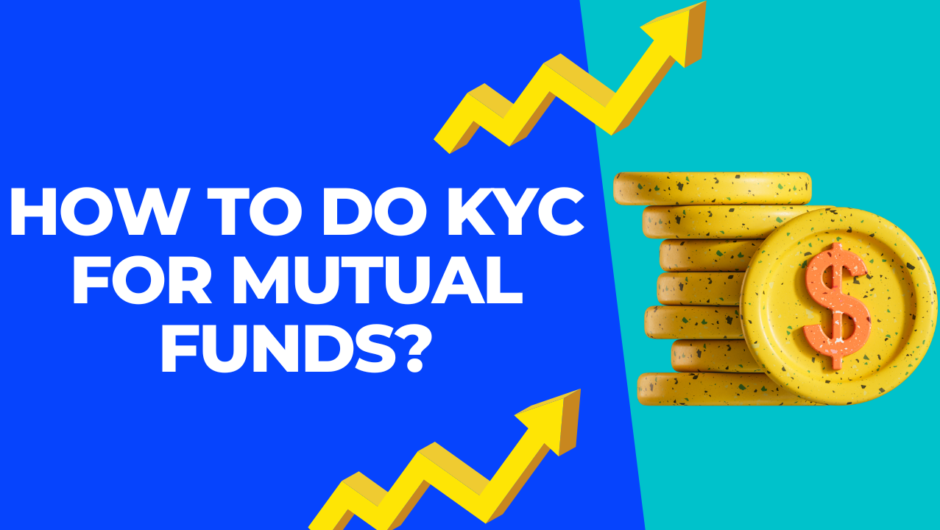Mortgage amortization refers to the process of repaying a mortgage over time through a fixed schedule of payments. This article will provide an overview of mortgage amortization, including how it works, how payments are calculated, and how to understand your repayment schedule. Additionally, it will discuss the benefits of understanding your mortgage amortization schedule and how you can use this knowledge to your advantage.
What is Mortgage Amortization?
Mortgage amortization is the process of paying off a mortgage over time through a fixed schedule of payments. Each payment is divided between principal (the amount borrowed) and interest (the cost of borrowing). As the loan is paid off, the amount of each payment that goes toward the principal increases, while the amount that goes toward interest decreases. The result is a predictable repayment schedule that allows borrowers to budget and plan for their mortgage payments over the life of the loan.
How Mortgage Amortization Works
Mortgage amortization works by dividing the total amount borrowed (the principal) into a fixed number of payments over a set period of time, typically 15 or 30 years. Each payment is composed of two parts: the principal, which is the amount of money borrowed, and the interest, which is the cost of borrowing that money.
At the beginning of the loan, most of the payment goes toward interest, while only a small amount goes toward the principal. However, as the loan is paid down, the amount of the payment that goes toward the principal increases, while the amount that goes toward interest decreases. By the end of the loan term, the entire principal has been paid off, and the borrower owns the property free and clear.
It’s important to note that the amount of each payment is fixed for the life of the loan, so borrowers can budget and plan accordingly. However, the allocation of each payment between principal and interest changes over time, with more going toward principal as the loan is paid down.
How Mortgage Payments are Calculated
Mortgage payments are typically calculated using a formula that takes into account the loan amount, the interest rate, and the length of the loan term. The formula is designed to ensure that each payment covers both the interest due and a portion of the principal.
Here’s an example: Let’s say you borrow $200,000 for 30 years at an interest rate of 4%. Using a mortgage calculator or spreadsheet, you can calculate your monthly payment as follows:
First, convert the annual interest rate to a monthly rate by dividing it by 12. In this case, 4% divided by 12 is 0.00333.
Next, multiply the loan amount by the monthly interest rate. For our example, $200,000 multiplied by 0.00333 is $666.67.
In the early years of the loan, most of the payment goes toward interest, with only a small portion going toward principal. Over time, the allocation of the payment shifts, with more going toward principal as the loan is paid down.
It’s important to note that your mortgage payment may also include other costs, such as property taxes and homeowner’s insurance, which can increase the total amount due each month.
Understanding Your Repayment Schedule
Your repayment schedule shows how much of each payment goes toward principal and interest over the life of the loan. It’s important to understand your repayment schedule because it can help you budget and plan for your mortgage payments, and also help you understand how much equity you have in your home at any given time.
Most mortgage lenders provide an amortization schedule when the loan is originated, which shows the breakdown of each payment over the life of the loan. The schedule typically includes the payment amount, the portion of the payment that goes toward principal, the portion that goes toward interest, and the remaining balance on the loan after each payment.
By reviewing your repayment schedule, you can see how much of each payment goes toward reducing your overall debt, and how much goes toward paying interest. You can also see how much equity you have in your home at any given time, which can be useful if you’re considering a home equity loan or line of credit in the future.
Additionally, understanding your repayment schedule can help you make informed decisions about prepaying your mortgage or refinancing to a different type of loan. By paying extra each month, you can reduce the overall amount of interest you pay over the life of the loan and pay off your mortgage faster. Refinancing to a different type of loan, such as a shorter-term fixed-rate mortgage, can also help you pay off your mortgage faster and reduce the amount of interest you pay over time.
Benefits of Understanding Your Mortgage Amortization Schedule
Understanding your mortgage amortization schedule can offer several benefits, including:
- Better budgeting: Knowing how much of each payment goes toward principal and interest can help you budget for your mortgage payments and plan for other expenses.
- Debt reduction: Seeing how much of each payment goes toward principal can motivate you to pay extra toward your mortgage, which can reduce the amount of interest you pay over the life of the loan and help you pay off your mortgage faster.
- Improved financial planning: Understanding your repayment schedule can help you make informed decisions about your finances, such as whether to refinance your mortgage, take out a home equity loan, or make other financial investments.
- Transparency: Knowing the details of your mortgage repayment schedule can help you avoid surprises or misunderstandings with your lender, which can improve your overall financial stability.
Overall, understanding your mortgage amortization schedule is essential for making informed financial decisions and achieving your long-term financial goals.

Hello, I am Tanisha Kriplani, graduated in computer science from Delhi University. I am passionate about web content writing and have a strong interest in Data Analytics and Data Engineering.












